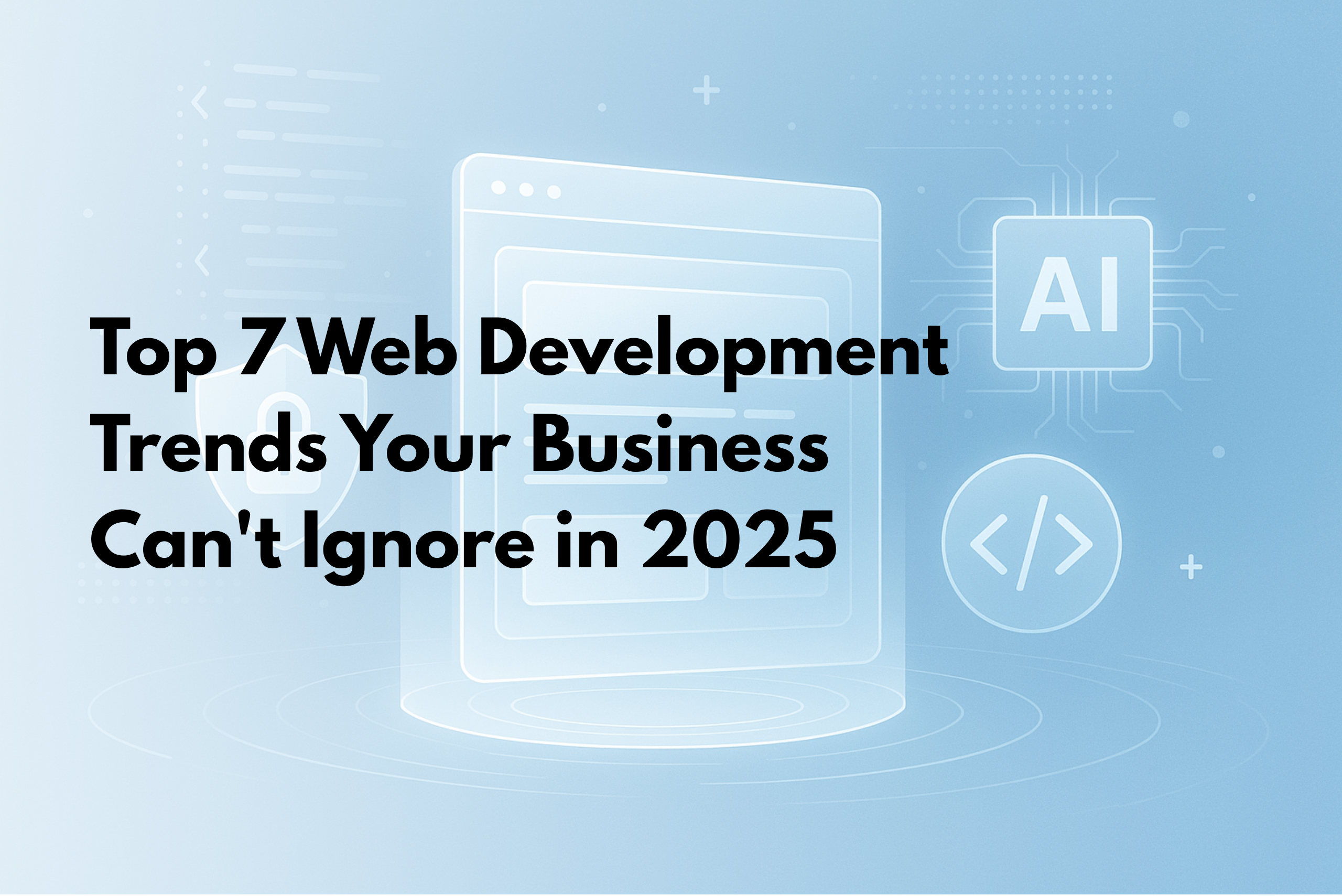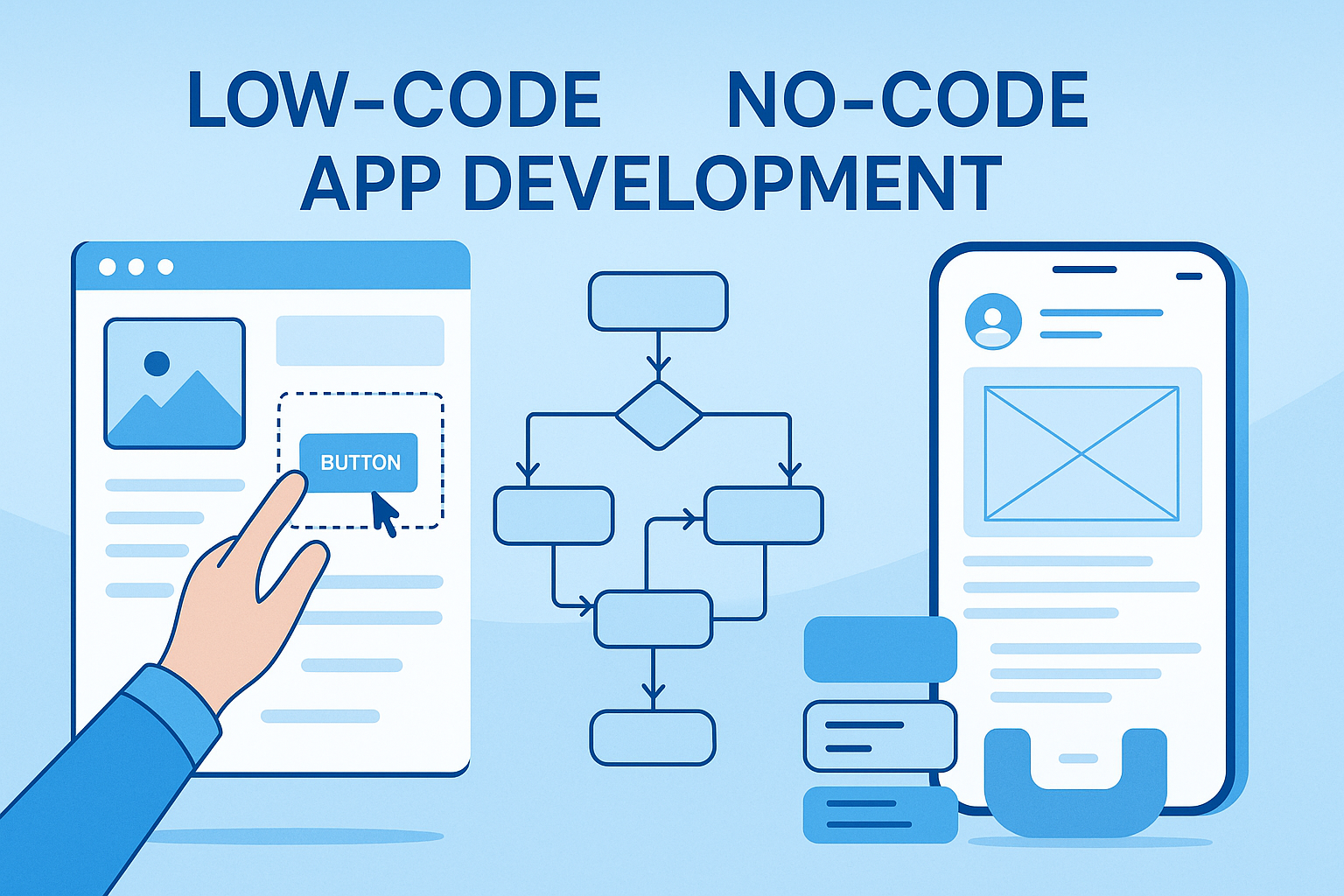Think back to the last time you rage-quit an app because it was clunky, slow, or clearly built from the same cookie-cutter template everyone else uses. Your customers feel that pain too. In 2025, experience is the product. Off-the-shelf software can’t flex fast enough, and that’s why custom web and mobile application development has become the growth rocket smart companies rely on.
Custom Web & Mobile Apps: Your Secret to 10× Growth
1. Templates Are Out, Tailored Experiences Are In
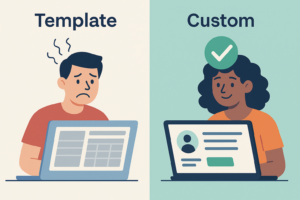
Generic tools force you to squeeze unique workflows into someone else’s box. The result? Friction, frustrated teams, and feature requests that languish on a vendor’s roadmap. A custom build flips that dynamic: your business logic, your user journeys, and your data-security rules—all baked in from day one. When software feels like it was designed just for your team, adoption shoots up and training costs plummet.
2. Five Super-Powers You Unlock by Going Custom
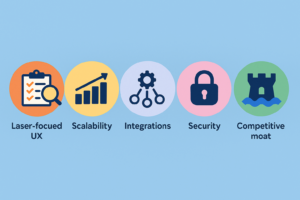
- Laser-focused UX – Every screen, click, and micro-interaction revolves around your users’ goals—not “average” users.
- Scalability on demand – Start small, then add modules, micro-services, or multi-tenant features without re-platforming.
- Seamless integrations – Hook into legacy ERPs, IoT devices, or blockchain smart contracts—no brittle work-arounds.
- Security baked in – Define compliance needs (GDPR, HIPAA, PCI-DSS) up front instead of patching later.
- Competitive moats – Proprietary workflows can’t be copied by a rival who nabbed the same SaaS license.
These advantages compound over time, turning tech from a monthly bill into a self-reinforcing moat around your business model.
3. Inside VamiTech’s Custom-Dev Playbook
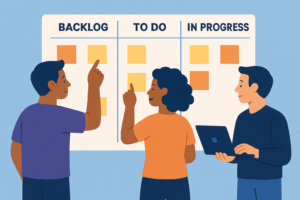
VamiTech Solutions, founded in 2024 and headquartered in Navsari, Gujarat, lives and breathes custom web and mobile app development. Their engineers mix deep-stack knowledge with a genuinely collaborative mindset. Here’s how their process protects your vision:
- Listen first, code later. Discovery workshops uncover real user pain points instead of wish-list features. By the time a single line of code is written, the roadmap is rooted in measurable business value.
- Sprint-based transparency. You see working increments every couple of weeks—no black-box coding marathons. Feedback loops stay tight, so pivots cost hours, not months.
- Full-stack firepower. From UI/UX wireframes to cloud architecture, one squad owns the whole lifecycle. That eliminates handshake errors between separate vendors.
- Post-launch partnership. Every project includes a complimentary support window, plus clear SLAs for future versions. Your version 1.0 doesn’t just ship—it thrives.
4. Proof in the Portfolio—800+ Success Stories

When a global retailer needed a high-performance e-commerce platform, VamiTech delivered a scalable architecture that powers record-breaking seasonal spikes without a hiccup. In logistics, they built a tablet-first courier-tracking app that trimmed delivery times by 16 percent in a single quarter. The common thread across more than 800 completed projects—from VR gaming to fintech dashboards—is measurable ROI driven by custom code tuned to real-world KPIs.
5. Myth-Busting: Common Fears About Going Custom

- “Custom is too expensive.” Not when you tally license renewals, per-seat pricing, and the productivity drain of bending workflows to fit a generic tool. Over a three-year horizon, many businesses find custom actually costs less.
- “Updates will be a nightmare.” Modern pipelines automate testing and deployment. Continuous integration means new features roll out like clockwork, not once a year.
- “We’ll be locked to one vendor.” With clean documentation, containerized deployments, and clear IP agreements, you own the source and can switch partners anytime—though most clients stick around because the relationship works.
- “We’re not technical enough to manage it.” That’s the point of a managed partner: you focus on strategy while they handle the code, servers, and monitoring dashboards.
6. Choosing the Right Tech Stack

React or Vue for the front-end? Flutter or Kotlin for mobile? Node, .NET, or Django behind the curtain? The answer depends on your existing infrastructure, time-to-market goals, and in-house skill sets. VamiTech’s architects map stack to strategy, weighing factors like community support, third-party libraries, and anticipated traffic patterns. The result is a blueprint that scales gracefully instead of creaking under pressure.
7. What a Discovery Call Looks Like

Expect an informal chat—cameras optional—where you walk through aspirations, constraints, and success metrics. You won’t be peppered with jargon. Instead, you’ll map priority workflows, sketch the first user personas, and discuss budget ranges openly. Within a week, the team returns with a crystal-clear proposal that outlines timelines, milestones, and transparent pricing—not a mysterious lump-sum number.
8. Key Takeaways at a Glance
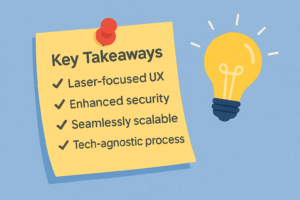
- Template tools are fine for side projects, but they rarely scale with ambitious businesses.
- Custom web and mobile application development delivers unbeatable UX, bulletproof security, and future-proof scalability.
- VamiTech’s battle-tested playbook—discovery workshops, sprint transparency, full-stack ownership, and post-launch care—has produced 800-plus wins across every major industry.
- The myths about cost, complexity, and vendor lock-in crumble when you run the numbers over a multi-year horizon.
9. Ready to Build Your Competitive Moat?

If your roadmap still depends on a patchwork of plug-ins and spreadsheets, you’re leaving money—and sanity—on the table. A discovery call today can reveal which legacy pain points are quietly draining revenue, how a phased custom-dev rollout limits risk yet proves ROI fast, and what tech stack best future-proofs your idea.
Book a free consultation and turn your bold vision into a beautifully engineered reality. Your customers—and your balance sheet—will thank you.


